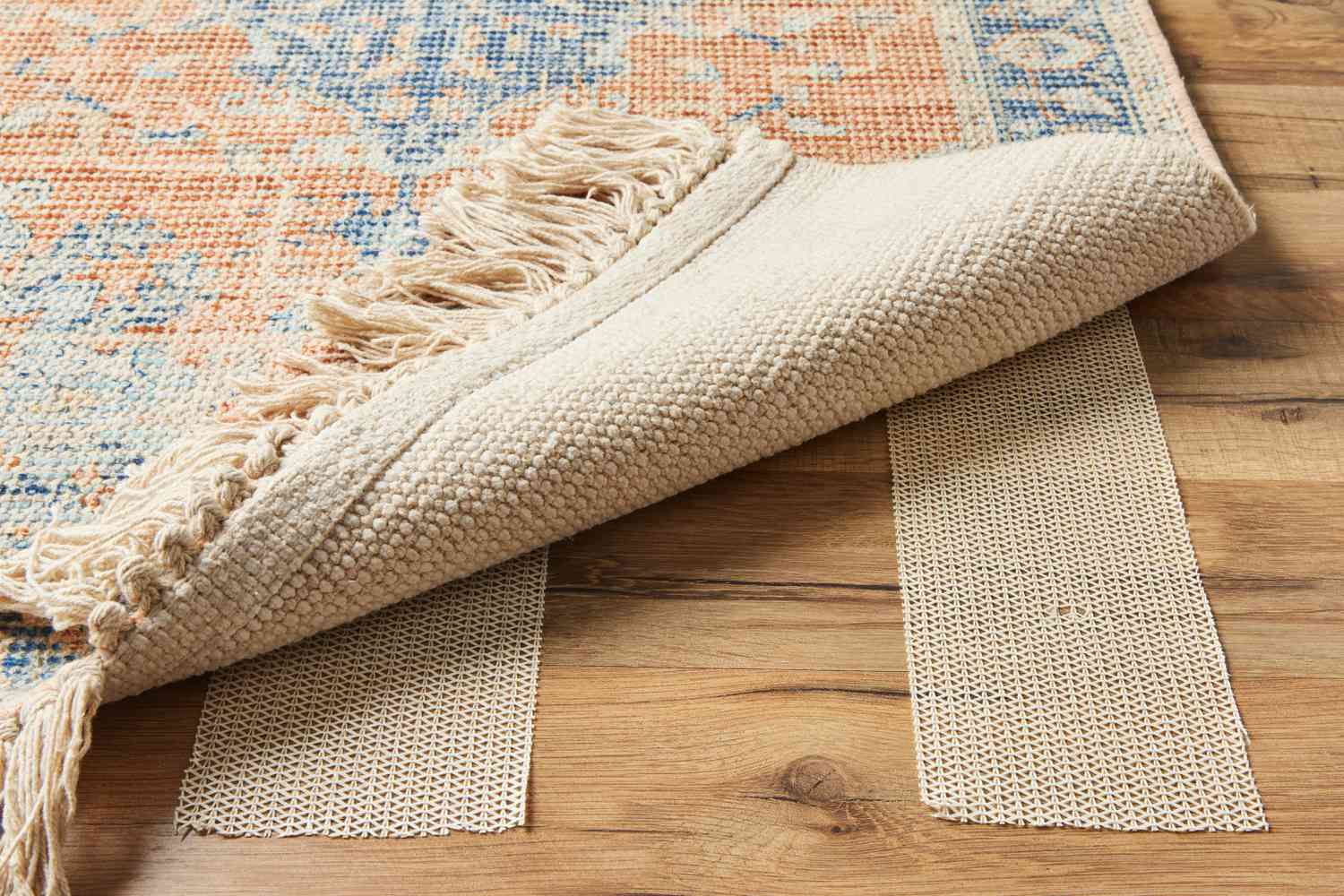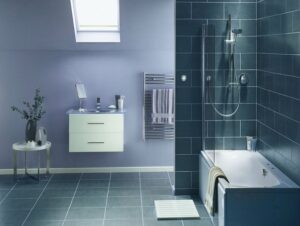
Ensuring Stability: A Comprehensive Guide on How to Keep Rugs From Sliding on Carpet
Introduction
Area rugs can add warmth, style, and comfort to any room, but there’s a common challenge that rug enthusiasts often face – the constant slipping and sliding on carpeted floors. This not only poses a safety hazard but also detracts from the aesthetic appeal of your space. Fortunately, there are various effective methods to keep rugs in place on carpet. In this comprehensive guide, we’ll explore these techniques, offering solutions to ensure your rugs stay firmly anchored.
Understanding the Challenge: Why Do Rugs Slide on Carpet?
Before delving into the solutions, it’s essential to understand why rugs tend to slide on carpet. The primary culprit is the lack of friction between the rug and the carpet surface. Unlike hard flooring, carpets provide a less secure foundation for rugs. Foot traffic, furniture movement, and even air circulation can contribute to the unwanted displacement of rugs. Now, let’s explore ten frequently asked questions to guide you through the process of keeping rugs in place on carpet.
FAQs:
1.Why do my rugs keep sliding on the carpet?
Rugs tend to slide on carpet due to the lack of friction between the two surfaces. The flexibility of carpeted floors, combined with foot traffic and furniture movement, contributes to the rug’s displacement.
2.Are there specific types of rugs that are less prone to sliding on carpet?
While all rugs can potentially slide on carpet, those with a rubberized or non-slip backing are less likely to move. Additionally, heavier rugs and those with thicker pile may stay in place more effectively.
3.Can I use double-sided tape to keep my rug in place on carpet?
Yes, double-sided carpet tape is a popular and effective solution. Ensure that the tape is suitable for both the rug and the carpet, and follow the manufacturer’s instructions for application.
4.What is the purpose of rug pads, and do they work on carpet?
Rug pads provide an extra layer of grip and cushioning. They work on both hard floors and carpets. Opt for a rug pad specifically designed for use on carpets to prevent slipping.
5.Will heavy furniture alone prevent rugs from sliding on carpet? While heavy furniture can contribute to stability, it may not be sufficient to keep the entire rug in place. Combine furniture weight with other anti-slip methods for better results.
6.Can I use Velcro to secure my rug on carpet?
Velcro can be an effective solution. Attach one side to the rug and the corresponding side to the carpet. Ensure the Velcro is strong enough to withstand foot traffic and potential tension.
7.How do I clean my rug if I’m using non-slip rug sprays or liquids?
Non-slip rug sprays or liquids are applied to the back of the rug. To clean the rug, follow the manufacturer’s guidelines. In most cases, you can spot clean the rug without affecting its non-slip properties.
8.Is there a DIY solution to prevent rugs from sliding on carpet?
Yes, a simple DIY solution involves using silicone caulk. Apply thin lines of silicone caulk on the back of the rug, allow it to dry completely, and then place the rug on the carpet. This creates a tacky surface that enhances grip.
9.Can I use rug anchors or grippers on carpeted floors?
Yes, rug anchors or grippers are designed to keep rugs in place on both hard floors and carpets. Look for products specifically labeled as suitable for use on carpeted surfaces.
10.Are there any alternatives to traditional rug pads for carpeted floors?
Yes, alternatives include using non-slip shelf liners or even a simple layer of rubbery shelf liner material between the rug and the carpet. Ensure these alternatives are cut to the size of the rug to maximize effectiveness.
Effective Solutions for Preventing Rug Slippage on Carpet
- Double-Sided Carpet Tape: Invest in high-quality double-sided carpet tape and apply it along the edges and corners of the rug. This will create a secure bond with the carpet, preventing slipping.
- Non-Slip Rug Pads: Choose rug pads specifically designed for use on carpeted floors. These pads provide extra grip and cushioning, ensuring your rug stays in place while adding comfort underfoot.
- Weighted Furniture Placement: Strategically place heavy furniture on the edges or corners of the rug to anchor it. This method works best when combined with other anti-slip solutions.
- Velcro Strips: Use industrial-strength Velcro strips on both the rug and the carpet. Ensure proper adhesion by cleaning and drying the surfaces before attaching the Velcro.
- Non-Slip Rug Sprays or Liquids: Apply non-slip rug sprays or liquids to the back of the rug. Allow it to dry completely before placing the rug on the carpet. Follow the product’s instructions for optimal results.
- Silicone Caulk Application: Create a DIY non-slip surface by applying thin lines of silicone caulk on the back of the rug. Allow it to dry completely before placing the rug on the carpet.
- Rug Anchors or Grippers: Invest in rug anchors or grippers designed for use on carpeted floors. These products typically feature a grippy surface that helps keep the rug securely in place.
- Non-Slip Shelf Liners: Cut non-slip shelf liners to the size of your rug and place them between the rug and the carpet. This simple and cost-effective solution enhances friction, reducing slippage.
- Rubbery Shelf Liner Layer: Similar to non-slip shelf liners, a layer of rubbery shelf liner material can be effective in preventing rug movement on carpet. Trim it to fit the size of your rug for optimal results.
- Regular Maintenance and Checks: Periodically check the condition of your anti-slip solutions and readjust as needed. Over time, foot traffic and cleaning can impact their effectiveness.
Conclusion
Maintaining the stability of rugs on carpeted floors is not only practical but also crucial for the overall safety and aesthetics of your living space. By combining various anti-slip methods, you can ensure that your rugs stay firmly in place, providing a comfortable and secure environment. Experiment with different solutions to find the one that best suits your rug, carpet, and lifestyle. With these tips, you can bid farewell to the inconvenience of constantly readjusting your rugs and enjoy a stable and stylish home.


